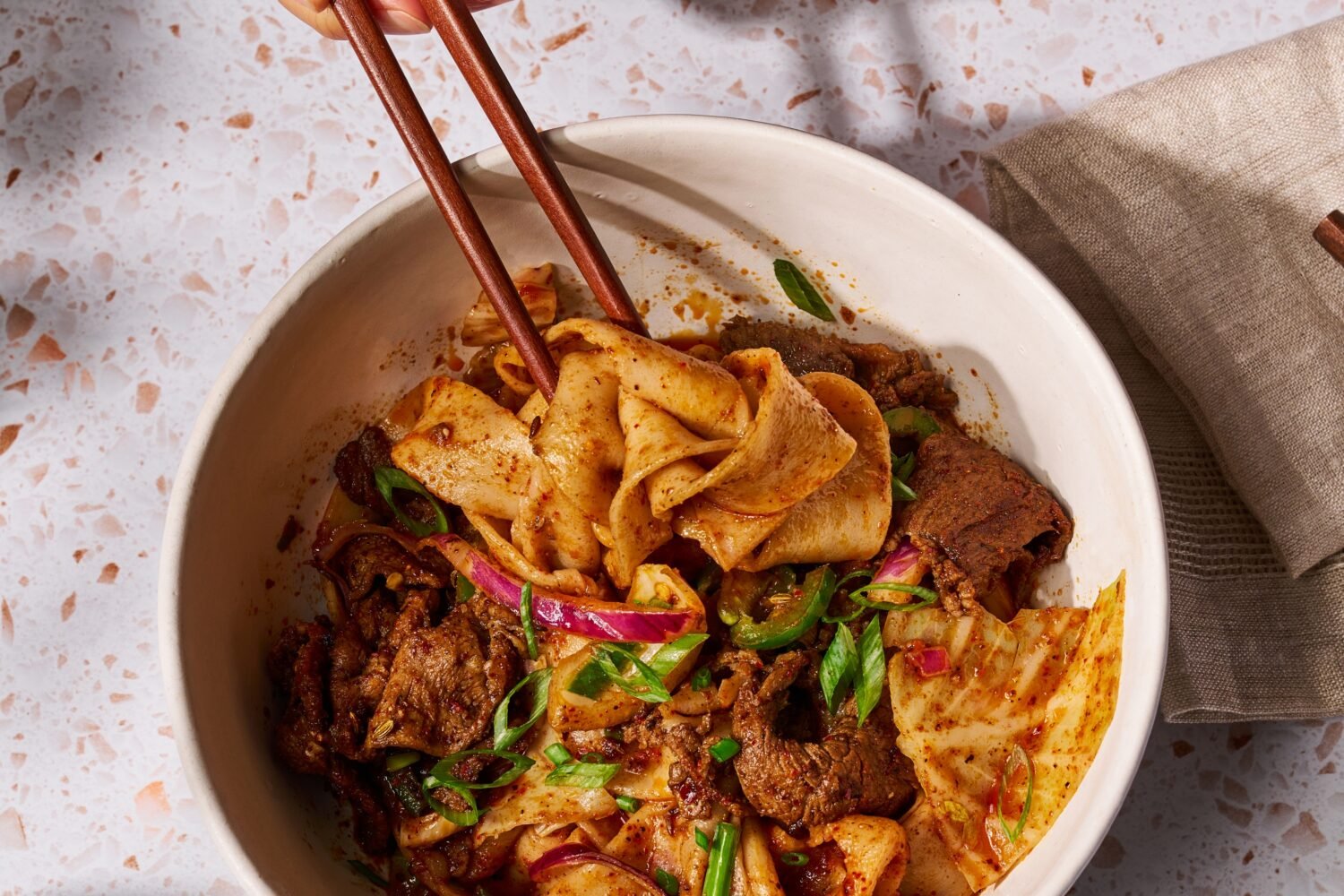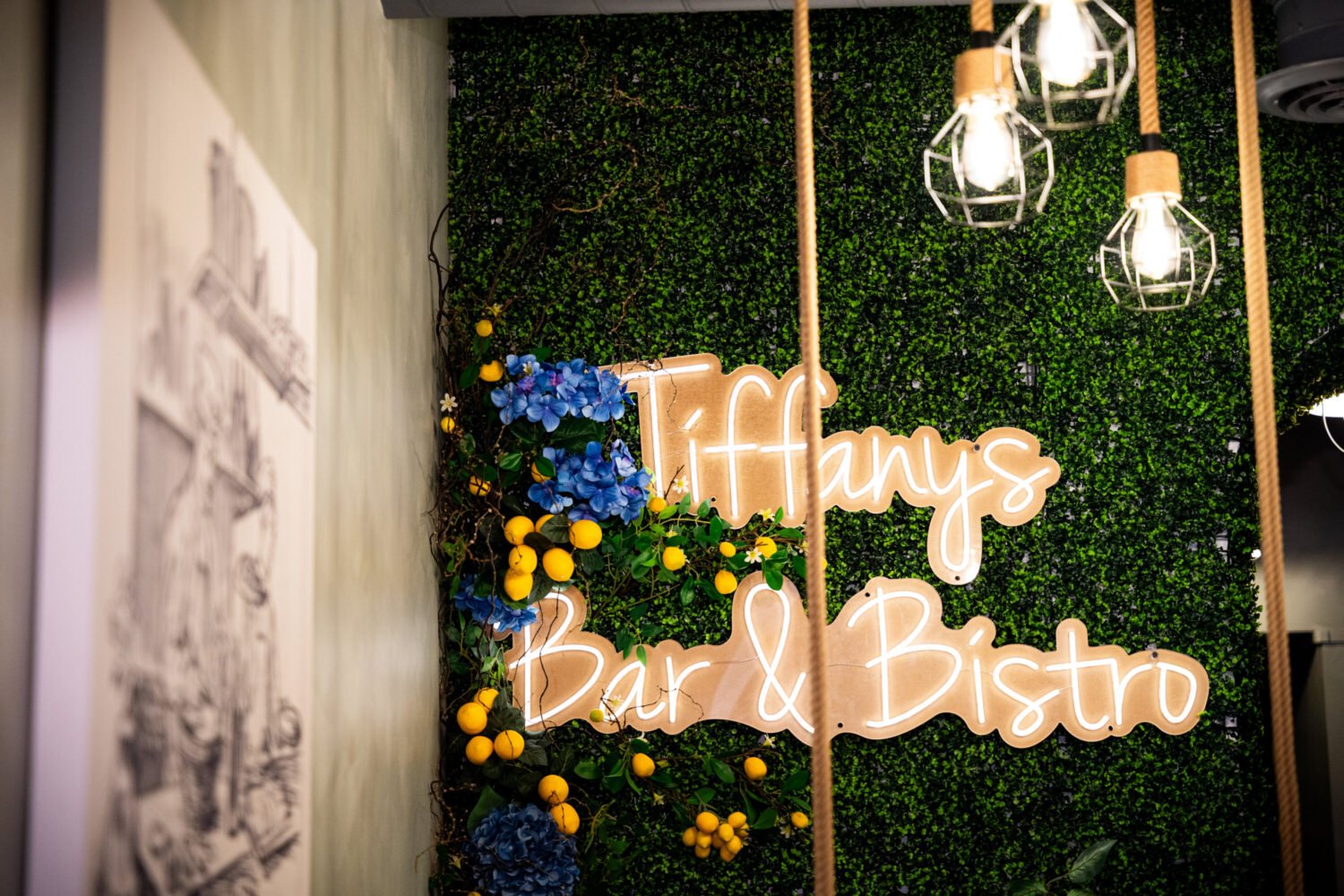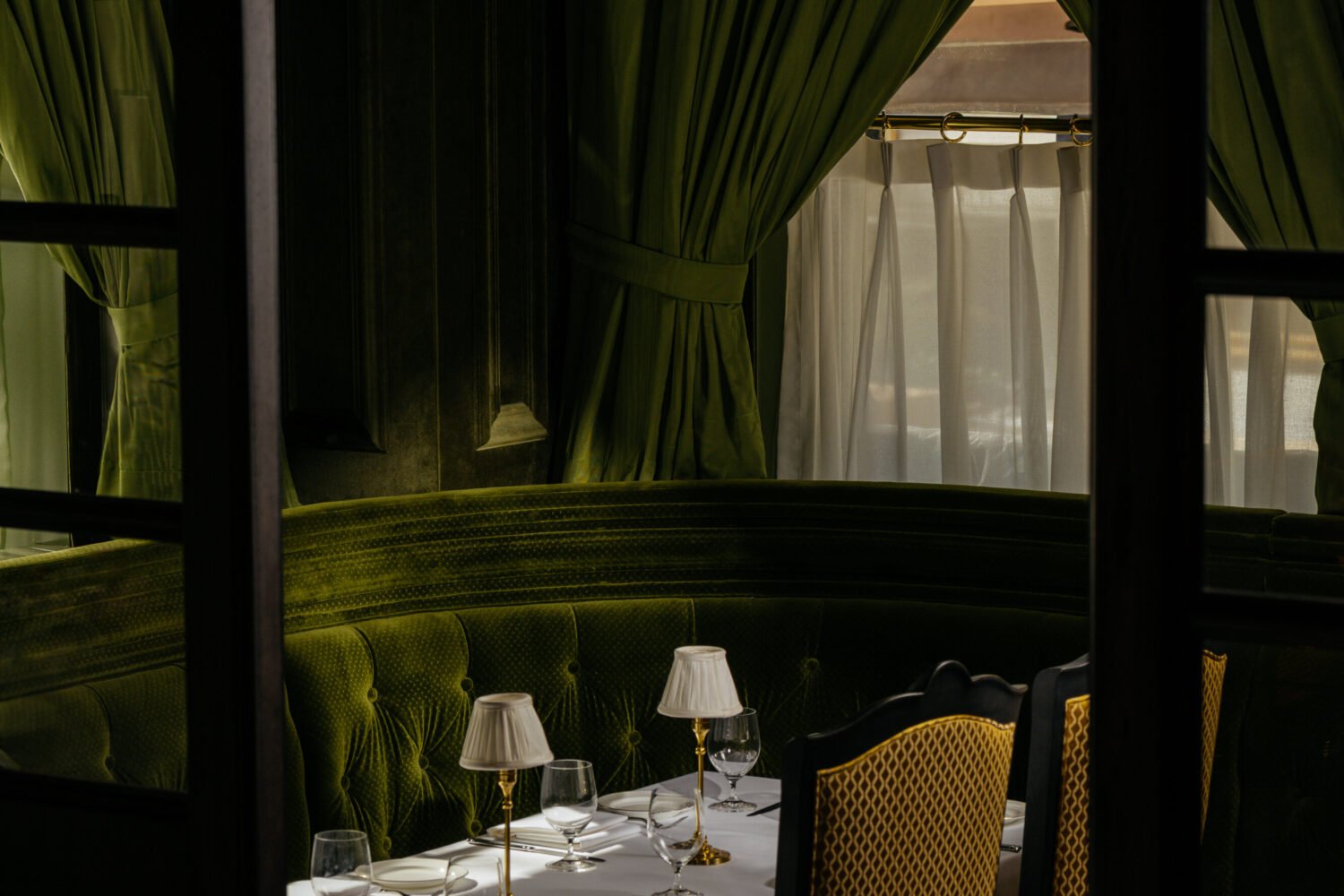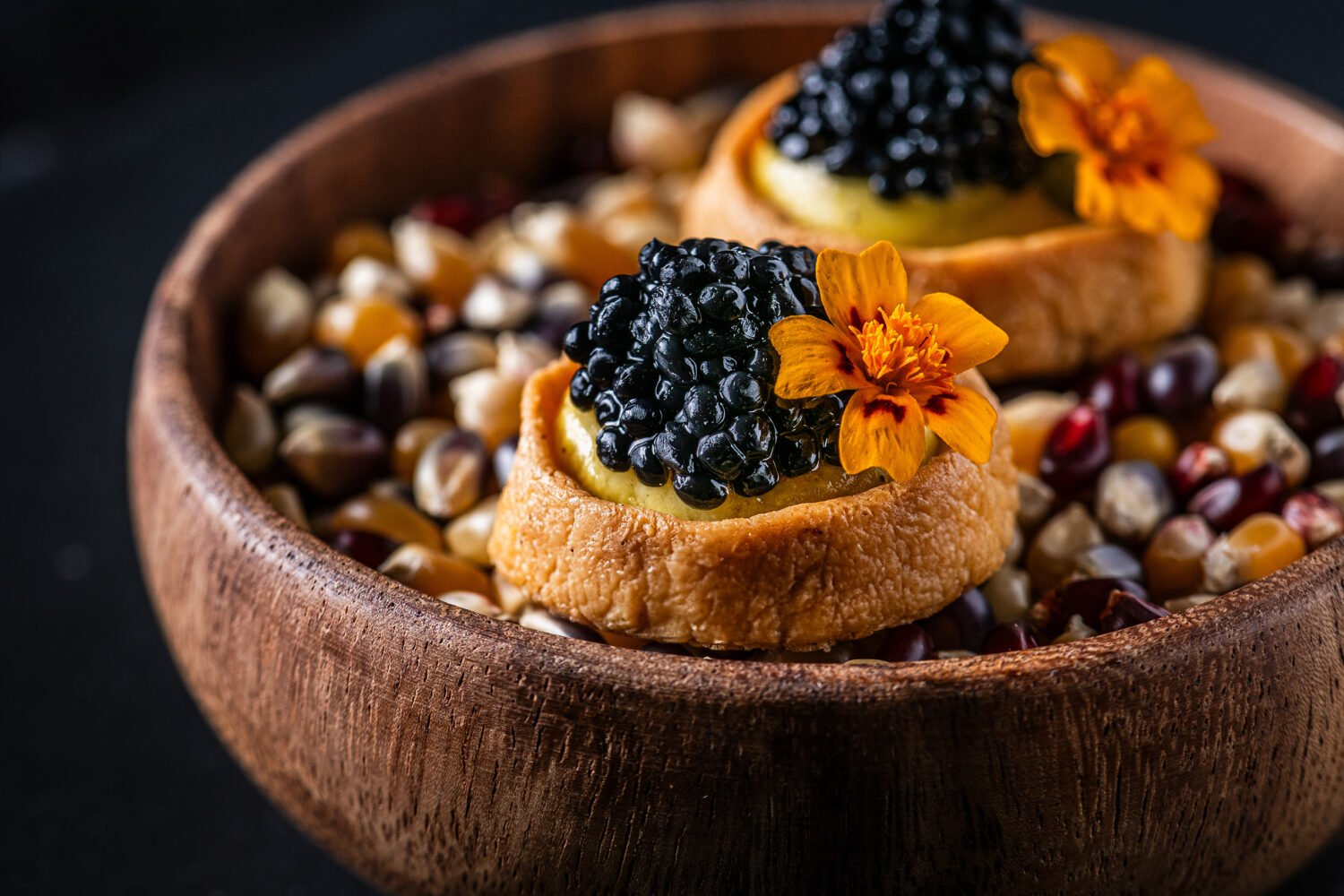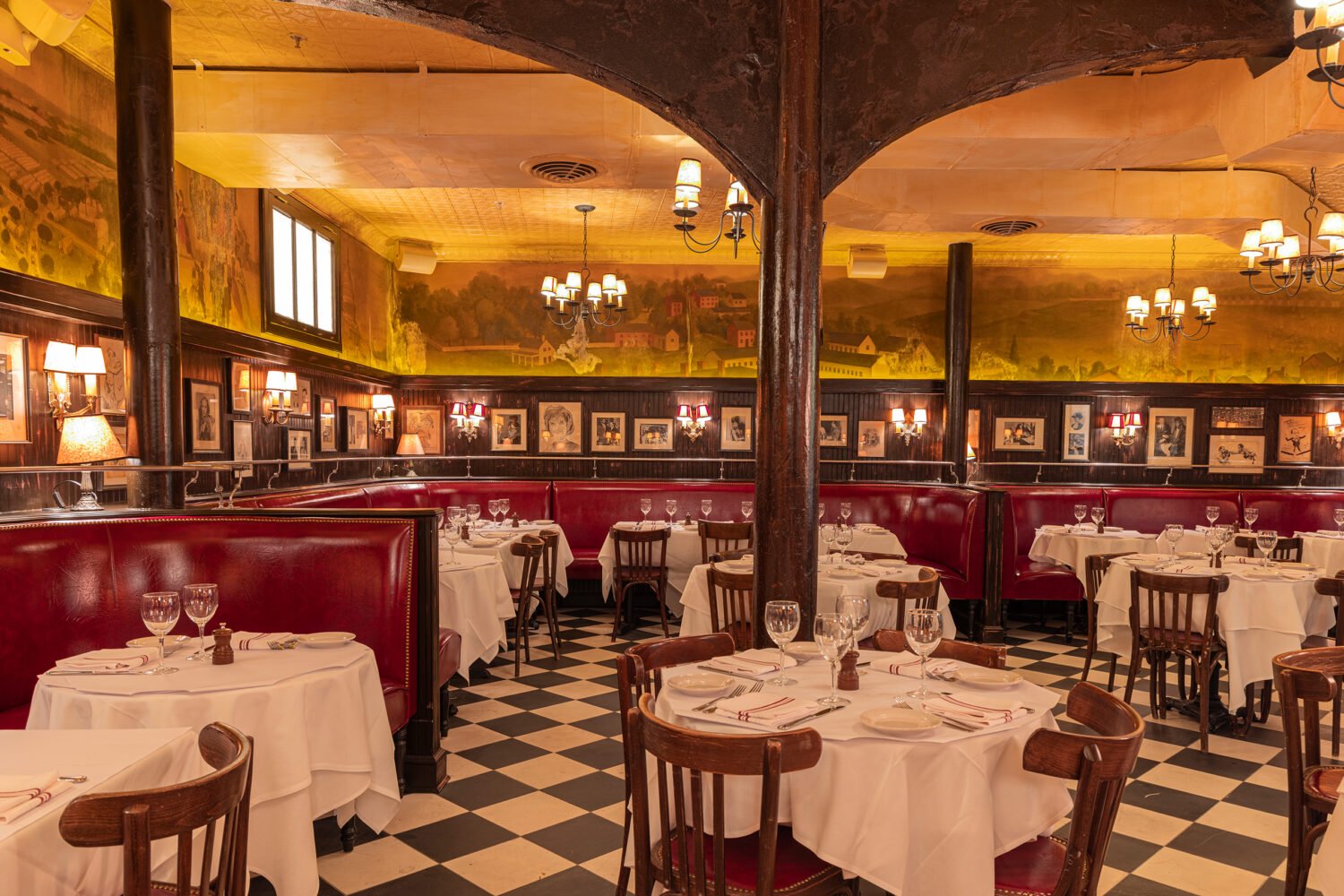If restaurants had Myers-Briggs types, the new El Sapo Cuban Social Club would be 100 percent extrovert. The music is so loud you might wonder if dinner conversation is even possible. (Answer: You’ve gotta work for it.) The dining room is dominated by a giant mural of drunken toads. (We’ll get to that later.) Then there’s chef/owner Raynold Mendizábal. He’s the big close-shaven dude excitedly chatting up tables, shaking maracas, stirring up a drink, or zipping through the kitchen.
But Mendizábal is no dilettante. The Havana native has spent the last two decades working his way up through Washington kitchens (Pesce, Lima). Five years ago, he opened the popular Urban Butcher—also in Silver Spring—where he focused on mastering charcuterie-making and meat. This, though, is the restaurant he says has been in his head the whole time. Exactly 22 years—to the day—after he arrived in the US, he signed the lease for El Sapo. Which brings us to the toads.
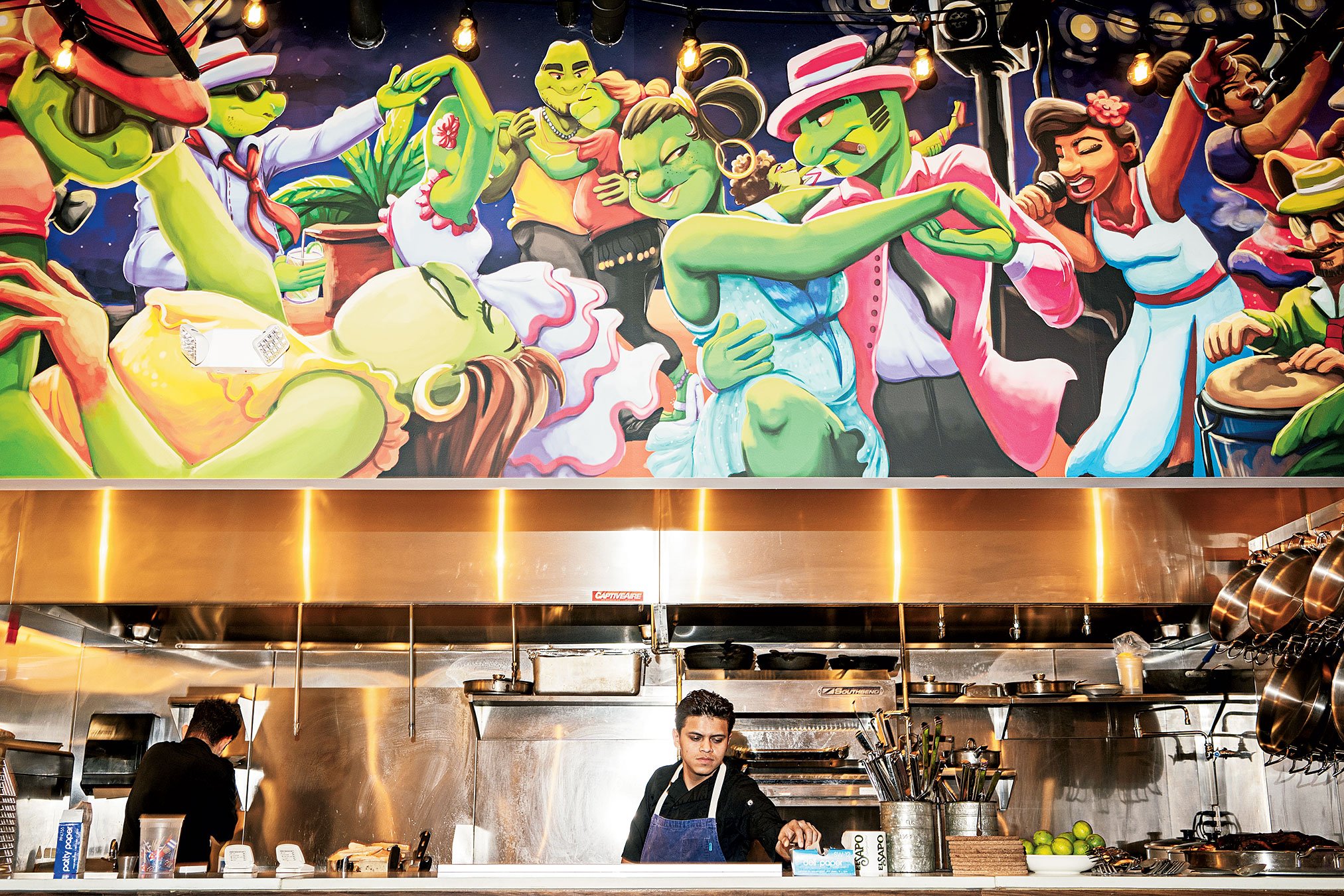
In Cuban culture, there’s a lottery system called the charada, in which numbers are assigned animals or objects. (The TLDR version: If you see, say, an animal in a dream, play its number in the lottery.) Mendizábal isn’t superstitious, but how could that exact 22 years not mean something? “Whenever you do a business, you take a gamble with the universe,” he says, “and I played the 22.” The toad. So that’s why you might wind up spending dinner gazing at what looks like the amphibian version of a Real Housewives bender.
Mendizábal’s menu swings between Cuban classics (crunchy tostones with green sauce) and riffier dishes (miraculously light croquetas laced with salt cod), all served on big platters. Start with the ceviches—each has its merits, but my favorites are the classic version plus renditions made with conch and bay scallop. The raw-fish plates show off one of Mendizábal’s greatest skills—hitting your palate with just the right mix of salt, acid, and heat. But he also knows that fat sardines, given a turn on the grill, need just a little olive oil and cilantro to dress them up.
Meatier dishes are less of a sure thing, at least when it comes to execution. On the one hand, there are no better beef empanadas in the area. The vaca frita, a play on the traditional fry-up of steak with onions, is a marvel. (The kitchen salt-packs brisket for a week, then braises it until the fat ripples through the meat. It’s doused with lime, and the server shreds it with a spoon.) A more offbeat creation—dried goat braised with soy sauce and honey, set atop a mound of polenta—is based on the tastes of a Santeria god. “It’s an homage to our culture, but not a direct reference like an old car,” Mendizábal says. “We’re trying to get away from that Cuban kitsch.” It’s a worthy offering.
But a heap of roast pork with bitter orange lacked much savor or moisture. The pork’s flaws are masked in the strapping Cubano sandwich, which is delicious, thanks to house-made ham plus smoky-spicy mayo. Then there are the oxtails, the plate Mendizábal talks up the most: “My thing!” They’re the most labor-intensive dish on the menu, but when I dug in, the meat was so salty I guzzled my mojito to clear the taste.
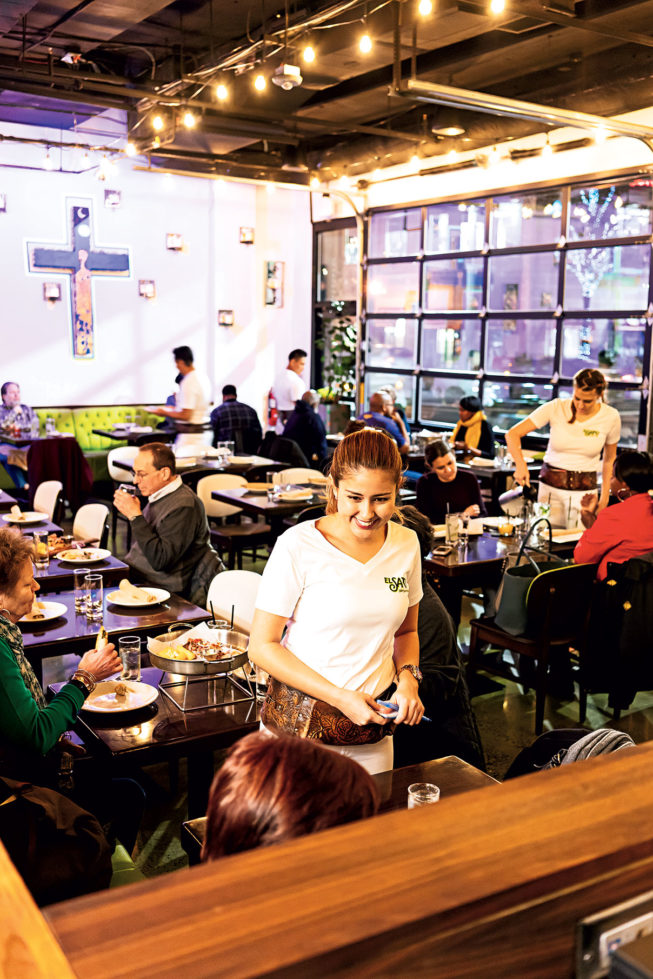 The dining room at El Sapo.
The dining room at El Sapo.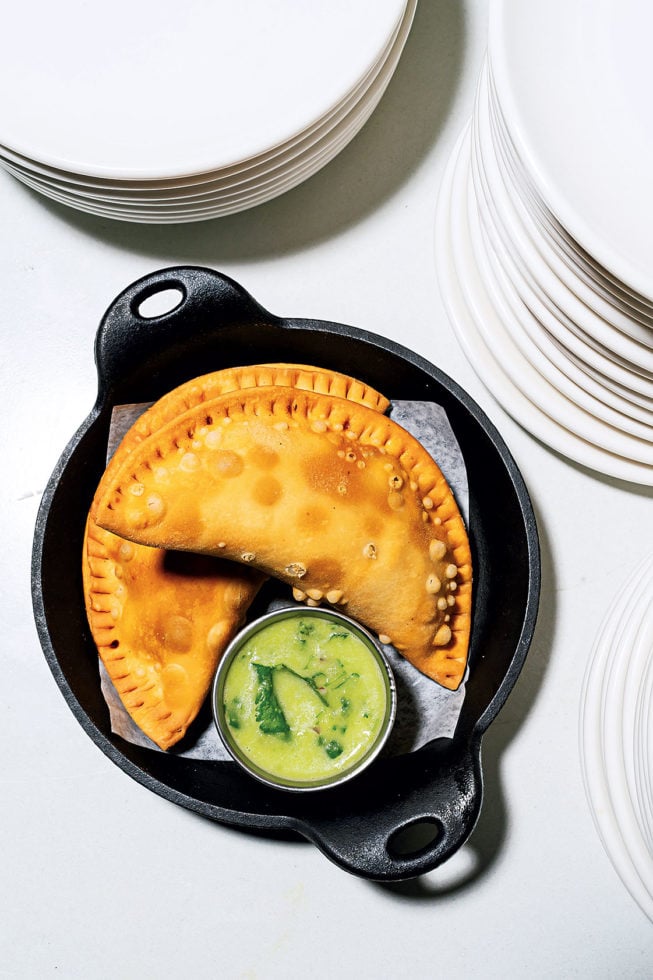 The beef-filled empanadas.
The beef-filled empanadas.A couple other buzzkills: Servers are friendly enough but prone to long disappearing acts. (One dinner stretched past three hours, and not in a fun way.) Drinks go down very easy. So easy you wonder if there’s much booze in them at all. The exception is a smooth rum Manhattan assembled at the table. (Cue the head-turning.)
Things look up again at dessert. Pastry chef Blanca Sanchez has been working with Mendizábal for much of his time in DC, and her creations are wonderful, whether airy churros with lemony cream or a super-sized chocolate-coffee soufflé (think brownie batter that dreams are made of). There’s an extensive cheese selection, too, and the one you don’t want to miss is a rarity called pascualete. The Spanish raw-milk cheese has been warmed, and it’s so oozy, creamy, and fatty you eat it with a spoon. On the side, guava paste and almonds. It’s meant for a big group to share, but, like many things at El Sapo, a friend and I polished off every bite.
El Sapo Cuban Social Club
8455 Fenton St., Silver Spring (entrance on Wayne Ave.); 301-326-1063
Open daily for dinner.
Neighborhood: Downtown Silver Spring.
Dress: A mix—everything from jeans and T-shirts to tiny dresses.
Noise level: It’s so loud that you might think the place is for dancing, not eating.
Best dishes: Classic, bay-scallop, and conch ceviches; sardines; croquetas; empanadas; vaca frita; dried goat; Cuban sandwich; churros; chocolate-coffee soufflé; pascualete cheese; rum Manhattan.
Price range: Small plates $6 to $24, entrées $16 to $56 (for oxtails and vaca frita, both for two). Starters $4 to $16, entrées $15 to $30.
This article appears in the March 2019 issue of Washingtonian.

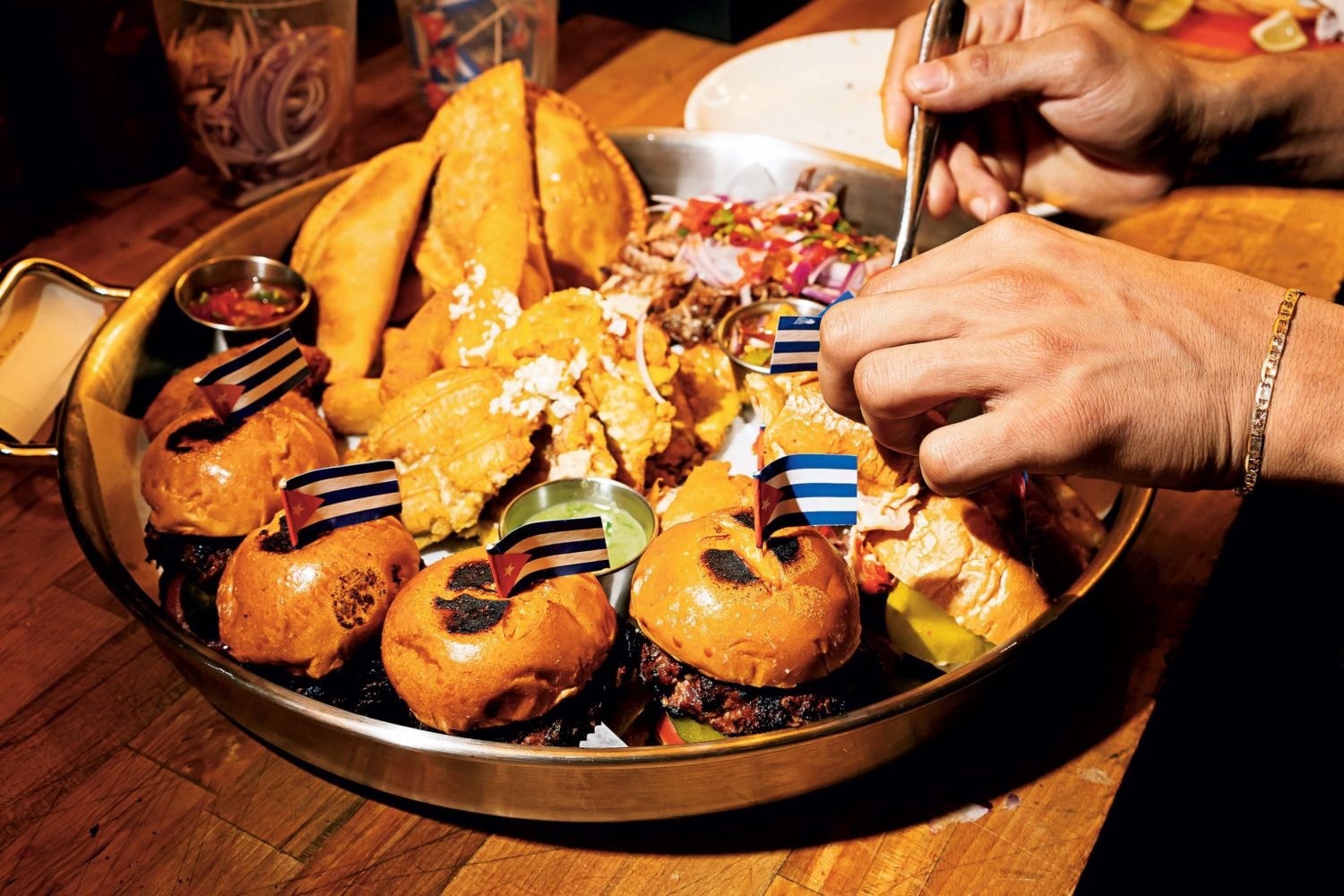
 100 Very Best 2019
100 Very Best 2019



